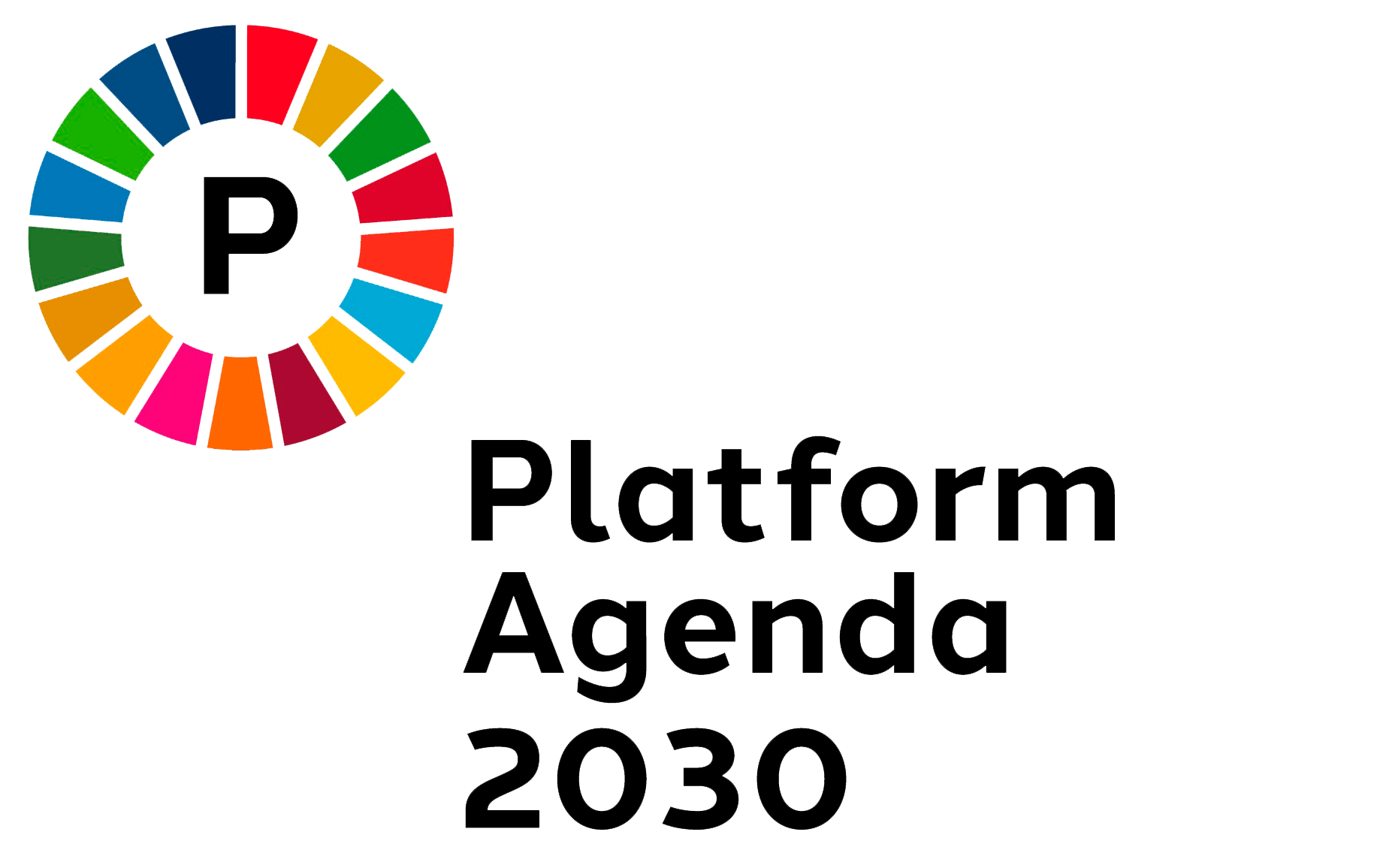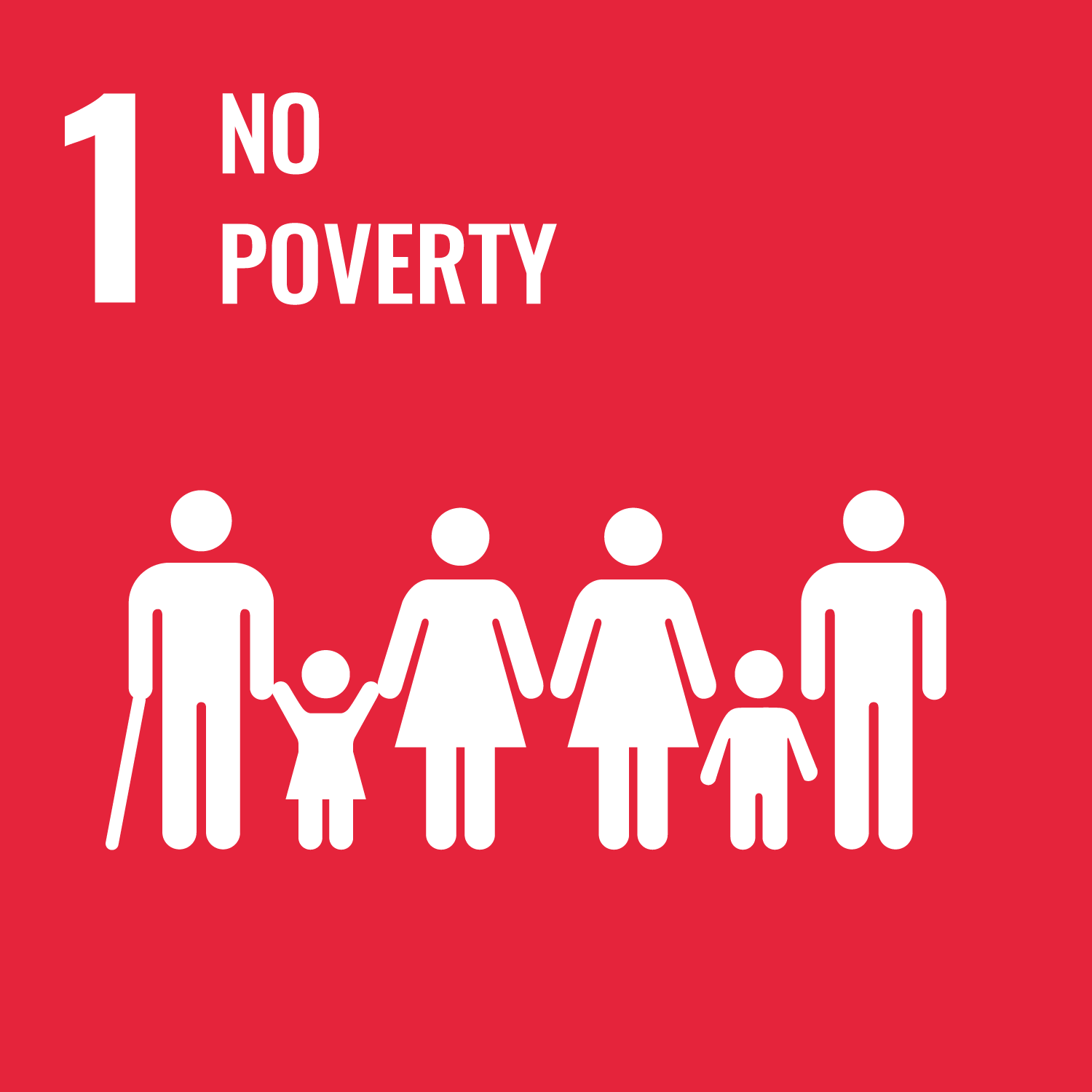Who does the city belong to?
In 2015 more than 80% of the Swiss population lived in urban areas, but the reality of their lives is far removed from the vision described here. Sealed soils, tarmacked roads and too little green space become real heat islands on hot days. Some 60% of traffic areas are reserved for private motorised transport, thereby favouring people who can afford a car. Yet in many cities, the majority of people are not car-owners. In an urban setting, distances can be covered by low-emission alternatives such as public transport, cycling and walking, which must be promoted more heavily and designed to be accessible to all.
Many low-income households can no longer afford city life. Their rents exceed 30% of household income and they are being crowded out. They are not alone. The middle classes are also increasingly being forced to move. Without effective protections for tenants, there is the risk that landlords will abuse the justified climate action argument and need to renovate to lower-energy standards to raise their revenues, terminating the leases of everyone in the building and then re-letting at an unsubstantiated higher rent.
Today competition between cities as places to live and work creates false incentives. Cities are specialising, and trying to attract new companies in their target sectors. However, concentrating jobs to such an extent on just a few locations actually increases the number of work-related journeys. A better distribution of companies and jobs across a number of (smaller) towns and cities would help to keep these journeys short.
Urban development must tackle the imbalance of power. Although the public does have a say in participatory processes, these work best for smaller neighbourhood projects. As soon as major investments – and major profits – are on the line, residents and those affected by construction projects find themselves holding the short straw in the political process.
- Cities develop their own climate strategies. They set themselves the target of becoming climate-neutral by 2040, and take the necessary action.
- The federal government, cantons and cities create frameworks that increase the number of buildings being refurbished to energy-saving standards. They use effective measures such as tenant protections and rent controls to ensure that affordable housing is protected, and that this does not result in mass evictions and excessive rent hikes. They preserve the identifying character of individual neighbourhoods.
- The cantons and cities promote a circular economy in the construction sector. They define targets to reduce energy consumption and greenhouse gas emissions throughout a building’s life cycle, and take grey energy into account.
- Cities invest in unsealing the ground and creating more green spaces. When road surfaces are replaced and the traffic infrastructure reconfigured, as much surface area as possible is left unpaved.
- Cities promote mobility systems that make efficient use of the land area they occupy. They are space-saving, environmentally friendly and accessible.
- The federal government, cantons and cities ensure that underprivileged population groups have access to affordable housing. Their needs are established at the very start of planning processes.
- Those whose daily lives are affected by changes are involved from the beginning in effective participatory processes. Their voice is heard in planning and implementation decision-making.
In collaboration with Patrizia Bernasconi, Mieterinnen- und Mieterverband Basel Stadt, and Tonja Zürcher, umverkehR
Report as PDF
- United Nations Human Settlements Programme (UN-Habitat): World Cities Report 2020. The Value of Sustainable Urbanization. 2020.








